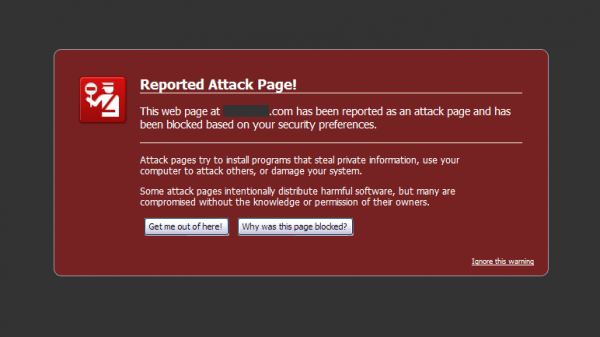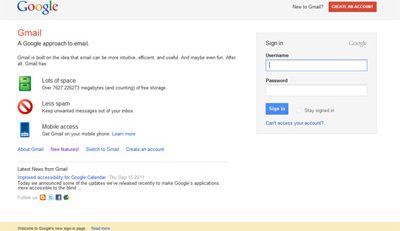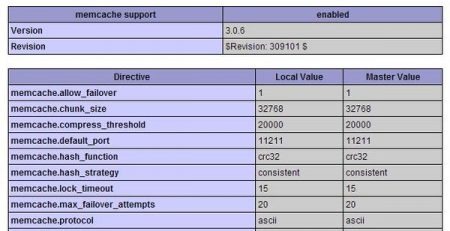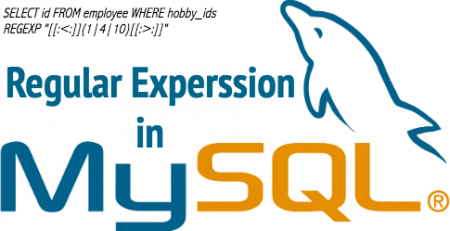Website malware attack prevention
Malware is a malicious code that includes viruses, worms, and trojan. Malware works like unnoticed, in-actively hiding or not making its presence on a system known to the user.
There are few tips for malware attack prevention for the website :
- Take site offline, configure web hosting to “503 services temporarily unavailable”. Google webmaster tool suggests, taking website/application down(offline) is better than using robots.txt to prevent search engines from being crawled.
- Keep licensed antivirus up to date and always scan your computer for malware, virus, trojans, and other infections and enable internet and mail security on.
- Change FTP password and all the login account password with a strong password (Minimum 8 characters in length should contain a mix of alpha, numeric and special characters)
- Don’t save the password in local machine directory or FileZilla
- Use SFTP instead of FTP in FileZilla.
- In WordPress, Ensure make sure all plugins are up to date. Since WordPress is a commonly used system. Use spam/ malware prevent plugins (eg. Stop Spammers Spam Prevention, Wordfence Security, Anti-Malware and Brute-Force Security by ELI etc.) for the secure website from malware and spammer attacks.
- Contact your web hosting provider to check if the attack affects other sites on the server, and ask them to address the problem.
- Avoid using Iframe in website pages.
- Install an SSL/TLS certificate to encrypt data between your website and visitors. Redirect HTTP traffic to HTTPS to prevent man-in-the-middle (MITM) attacks.
- Use website security tools like Sucuri, SiteLock, or Wordfence to scan for malware and vulnerabilities.
- Install a WAF to block malicious traffic, filter requests, and prevent common threats like SQL injection, XSS, and DDoS attacks.
- Use a secure hosting provider with strong security measures like DDoS protection and regular backups.
- Configure file permissions to prevent unauthorized access (e.g., 644 for files, 755 for directories).
- Prevent attackers from viewing directory contents by disabling directory listing in your web server configuration (e.g., Apache or Nginx).
- Restrict file execution in directories like
/uploads/or/images/to prevent attackers from executing malicious scripts. - Block IP addresses known for malicious activity using a blacklist or country-based restrictions if applicable.
These are important steps for website malware attack prevention.











Leave a Reply